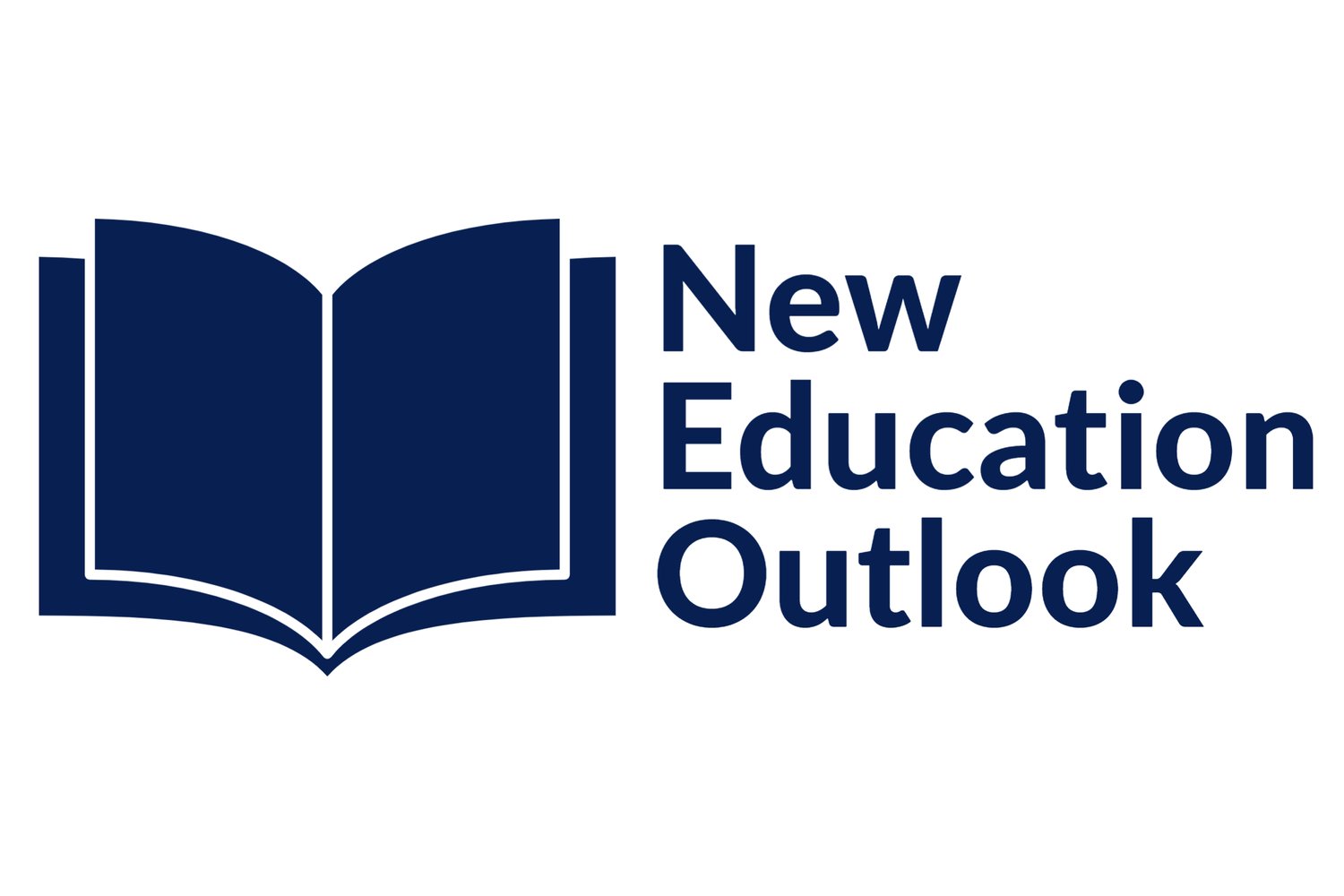Sensory Processing: A Crucial Role in Learning
In the complex realm of education, where each student's path unfolds as a captivating dance of individuality, have you ever pondered the deep influence of raindrops softly tapping on a windowpane or the quiet rustle of textbook pages? These seemingly ordinary sensations have the power to unlock a student's distinctive learning journey. Our sensory encounters intricately shape our perception and interaction with the learning environment. Navigating and comprehending this sensory framework becomes essential for a student’s learning journey. Have you considered beyond the familiar five senses to explore the three additional senses that significantly contribute to our understanding of the world?
Exploring the Senses from Five to Eight:
Sensory processing is the intricate neurological mechanism that enables the brain to receive, interpret and respond to stimuli from the environment, utilising information gathered through the traditional five senses: sight, hearing, touch, taste and smell. Additionally, lesser-known senses, including proprioception, vestibular, and interoception, contribute to this sensory structure, serving as the gateway to the world.
Proprioception, is our sense of body awareness and position, it facilitates seamless movement and coordination. It plays an important role in activities such as handwriting and fine motor skills as it provides the brain with essential information about the body’s movement and in return our muscles are controlled and coordinated for the completion of a task. For example, in handwriting, proprioception aids in maintaining a proper grip, controlling pressure and ensuring smooth, coordinated movements for legible and consistent letter formation.
The vestibular system, located in the inner ear, is responsible for our sense of balance and spatial orientation, crucial for navigating the physical world. Vestibular processing plays a key role in P.E when students are participating in sensory rich obstacle courses or engaging in rhythmic movement, it promotes a state of alertness increasing focus and attention.
Lastly interoception, our internal sense, empowers us to understand and respond to internal bodily cues enriching our overall perception and developing a deeper mind body connection. This internal awareness enables learners to manage challenging situations, improves concentration, promotes positive health and emotional wellbeing. Integrating practices like mindfulness, yoga and deep breathing exercises into the curriculum, fostering a holistic approach, contributes to unlocking each learner's full potential, enhancing the overall educational experience.
Strategies for Effective Learning Through Sensory Processing:
Establishing a sensory inclusive learning environment is a fundamental principle that caters to a variety of sensory needs. This approach requires you to design spaces with careful consideration of factors such as lighting, noise levels, displays and seating arrangements to minimise potential sensory triggers. Have you incorporated features into the classroom, such as calm corners, sensory stations, fidget tools, blackout curtains or blinds, flexible seating and adjustable desks? These are some ways that offer students opportunities to regulate their sensory experiences, fostering a positive environment for focused learning during lessons.
Implementing multisensory teaching methods activates various senses, enriching the learning experience. By integrating visual aids, hands-on activities, and interactive elements, information becomes more accessible. Enhance your students' learning with field trips, providing real-world context to connect knowledge with practical experiences. Introduce tactile resources, including textured boards for diverse touch experiences, sensory balls providing dynamic sensations, playdough for fostering creative exploration, and manipulatives for hands-on experiences to understand abstract concepts. Additionally, immersive experiences through interactive technology, such as educational apps or virtual reality, can further elevate the learning journey. Have you ever considered how employing dual coding, presenting visual cues alongside verbal or written instructions, enhances task comprehension and students require less support?
Finally, integrating structured movement breaks into the daily routine is another effective strategy for supporting sensory processing in learning. How often do you consider purposeful activities like stretching, yoga, or brief physical exercises to help students release excess energy, maintain sensory regulation, and provide proprioceptive input? These breaks, incorporating activities like pushing, pulling, or weight-bearing movements, can have a calming effect on the sensory system, aiding in self-regulation and promoting increased focus.
Sensory processing serves as the gateway to our external world. By taking all eight senses into consideration you can create an environment where learners not only survive but thrive, celebrating the richness of their diverse sensory experiences. This inclusive approach transforms learning into a holistic journey, unlocking untapped potential and enriching educational experiences. What changes will you make to embrace the holistic potential of sensory learning within your classroom?





